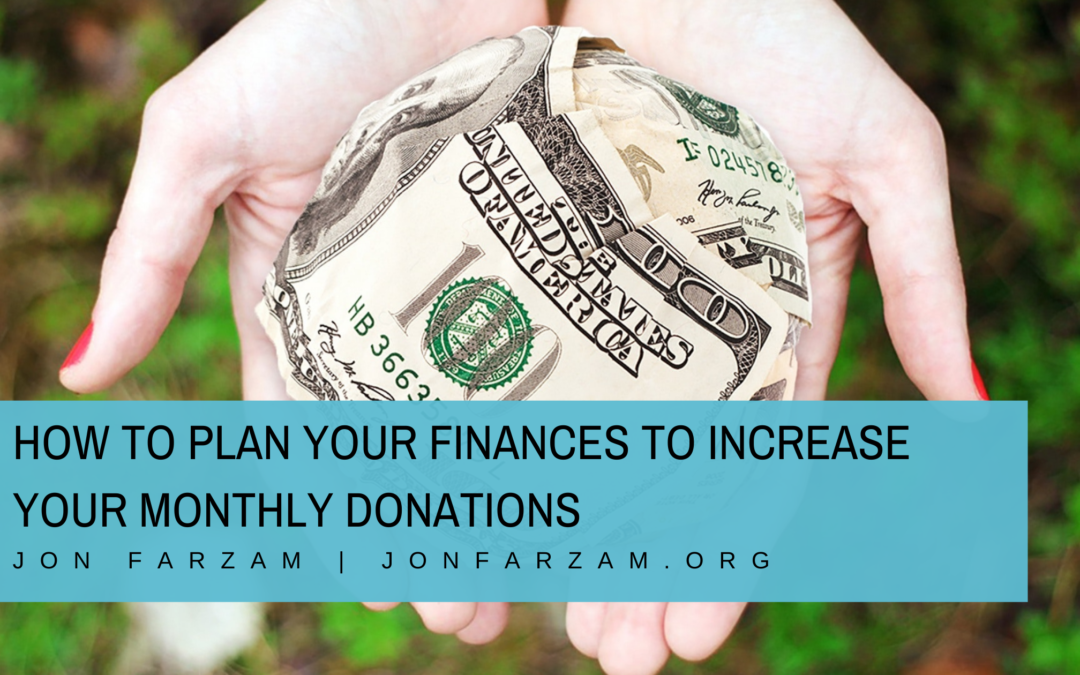Many people often engage in charitable contributions because they feel strongly about a specific cause or mission and want to support it and make a difference in their community.
That being said, regardless of the method used, charitable giving can be an essential part of an individual’s tax, estate, and financial plan. Regardless of the intent behind a donation, it’s important to be making financial decisions across the board.
On that premise, the following article presents ways to help individuals plan their finances to integrate philanthropy into their family life.
Charitable Gift Annuity
A charitable gift annuity is a contract between a charity and a donor. With this charitable giving vehicle, the donor makes a sizeable irreversible sum of cash or other assets to a particular charity and takes a partial income tax deduction. The charity, in turn, can invest the donation, and the annuitant will receive payments on a fixed schedule over a certain period of time or for life.
Donor-Advised Fund (DAF)
With the donor-advised fund, which is a charitable giving account, an individual can grow, invest and donate assets to charitable organizations for lasting and meaningful impact. The most notable benefit of the donor-advised fund is that the donor can receive the income tax deductions once the DAF account is funded and distribute the funds afterward.
Retirement Accounts
If an individual’s money in his or her retirement accounts remains unused, the account can then be given to charity. While this charitable giving vehicle does not have a direct financial benefit, some individuals might like the idea that all of the money in their retirement account is going for a charitable cause instead of their heirs.
Private Family Foundation
A private family foundation is considered a charitable organization set up by a family, managed by family members (the trustees), and funded with family assets. With this charitable giving vehicle, individuals have more control over their giving but have an administrative burden and much higher costs to deal with than the other charitable giving vehicles. In addition to that, donors also control investment decisions and grant-making, which means that they can engage in the broader scope of philanthropic activities.

